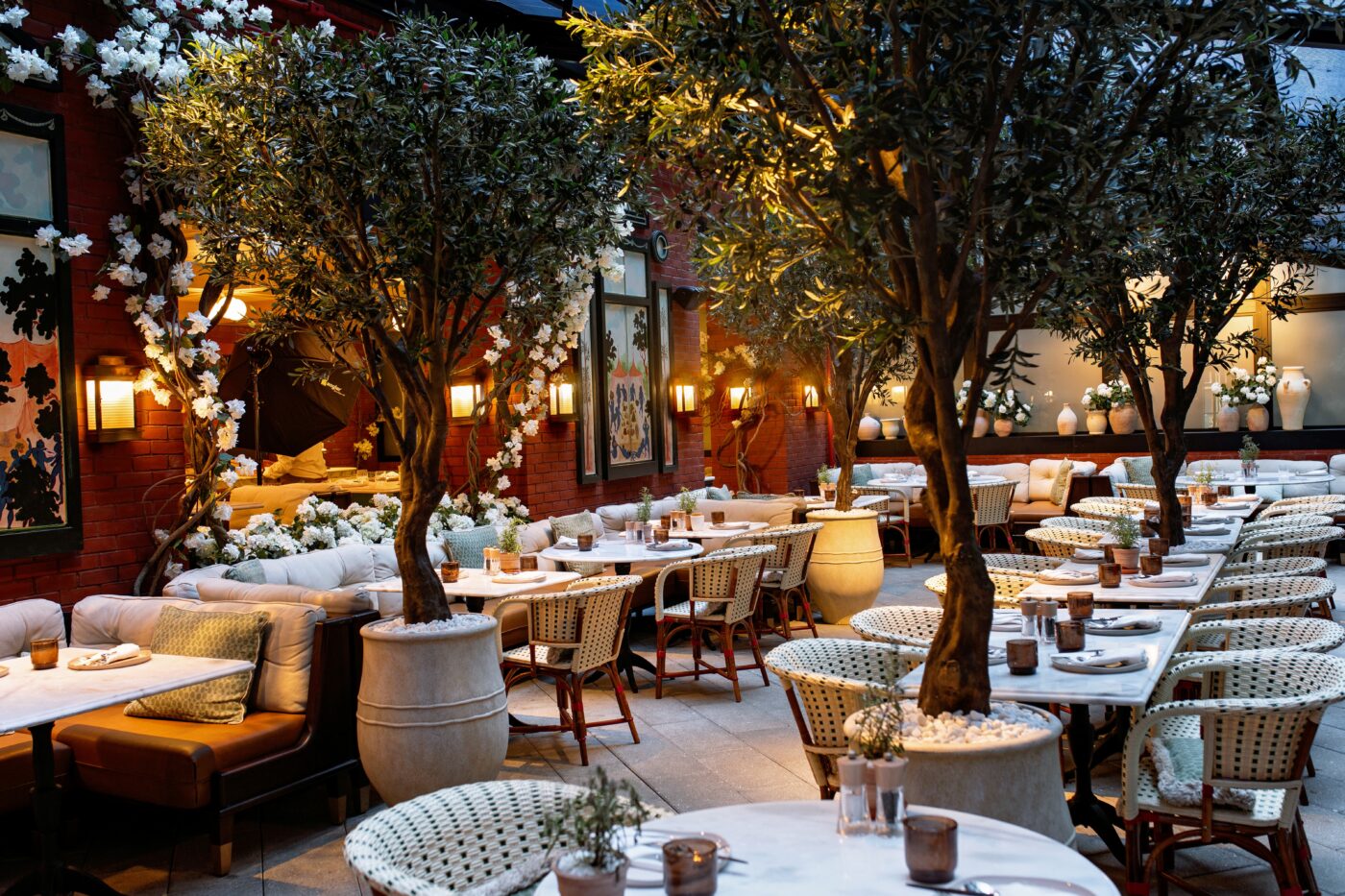HOTEL
Fouquet’s New York is a unicorn among the city’s luxury hotels
When recommending a hotel in New York City, one has to asterisk whatever you recommend with “It’s in New York,” the city that never sleeps, nor allows you to.
New York is many things, but one thing it isn’t is comfortable. It’s loud, claustrophobically crowded, largely impersonal (unless you’re a resident, in which case you can create a few, meager personal grooves) and relentless. I don’t think it’s a pleasant city, and I say that as someone born in Manhattan and who later, as an adult, lived in its wrinkled bosom for 37 years.
There are, in my opinion, less than 5 in 100 really, truly good restaurants in Manhattan. There are hundreds of expensive, often trendy, average, even-poor, restaurants, which somehow, like the preponderantly crap theater on Broadway, attract people. A lot of them are visitors and need a place to stay.
One of the great things about the Foquet’s, which is a relatively new and magnificent luxury hotel, is that it’s in Manhattan, but just about the only part of it that doesn’t feel like the rest of the borough, and at night is quiet! Foquet’s sits in a glorious pocket in Tribeca between Canal Street, the southern border of toney Greenwich Village, and the grimy end of Manhattan that trails off into the corporate stalagmites of the rebuilt World Trade Center.
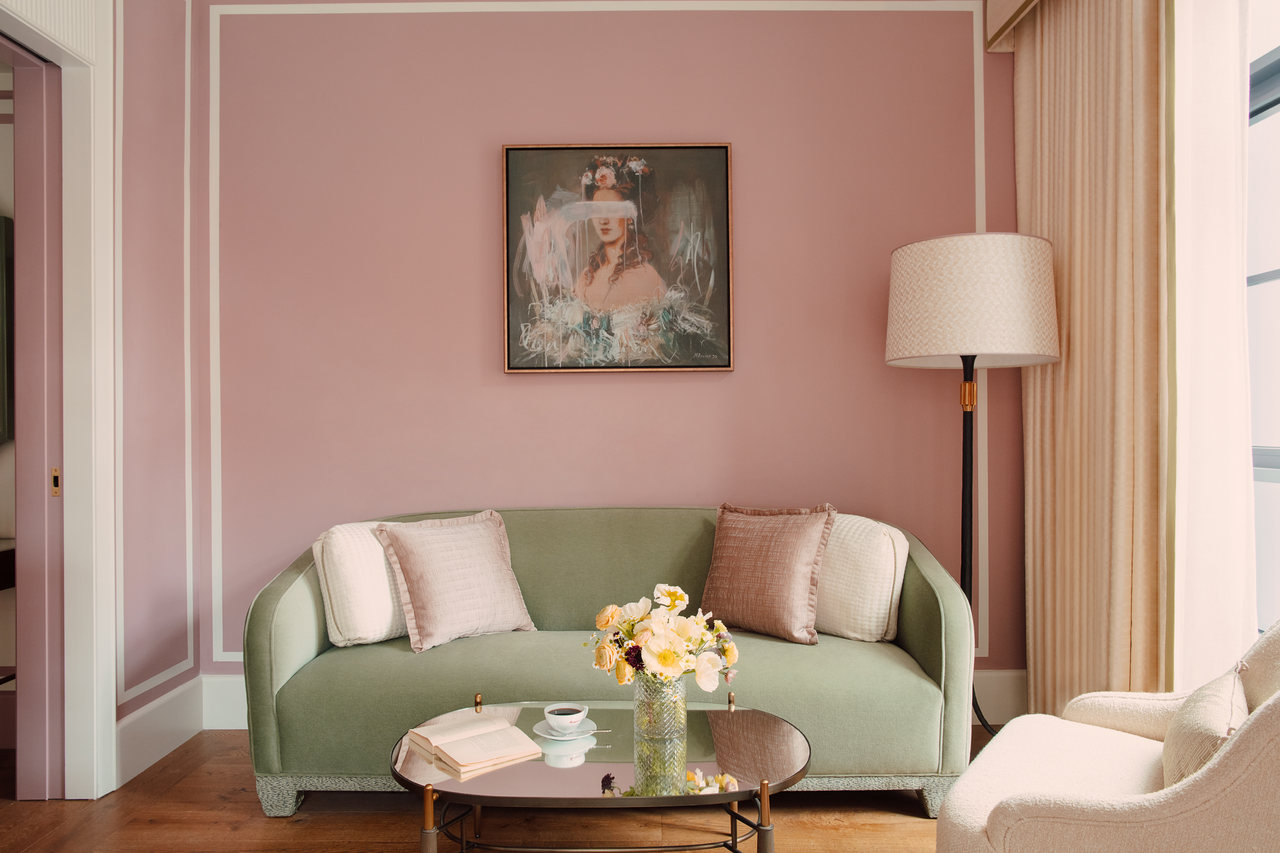
It wasn’t that long ago this particular swath of town was an industrial wasteland of abandoned warehouses and few-storey tenement buildings. Now Tribecca is the most exclusive area of New York City. Luxurious, expensive apartment buildings and condos have been carved out of the soot darkened streets and skyline, elegant restaurants are sprouting alongside worn neighborhood spots. The blackened exits of the Holland Tunnel are a quarter of a mile and a continent away.
In the middle of this remarkable urban reinvention, the Fouquet’s is both improbable and natural. Occupying half a block between Washington and Greenwich streets, the space was a parking lot until developer Joshua Caspi discovered it could be used for a hotel, and although he originally considered pitches from the usual sprawling hospitality conglomerates, he was sold on the French Group Barrière, a hundred-plus year old private, family-owned organization that have restaurants, casinos and hotels throughout France (including one in Saint-Barth — still France! — in the Caribbean). Their original property, from which all this has sprung, is the still operating and famous Parisian Brasserie Fouquet’s on the Champs Elysee, opened in 1910.
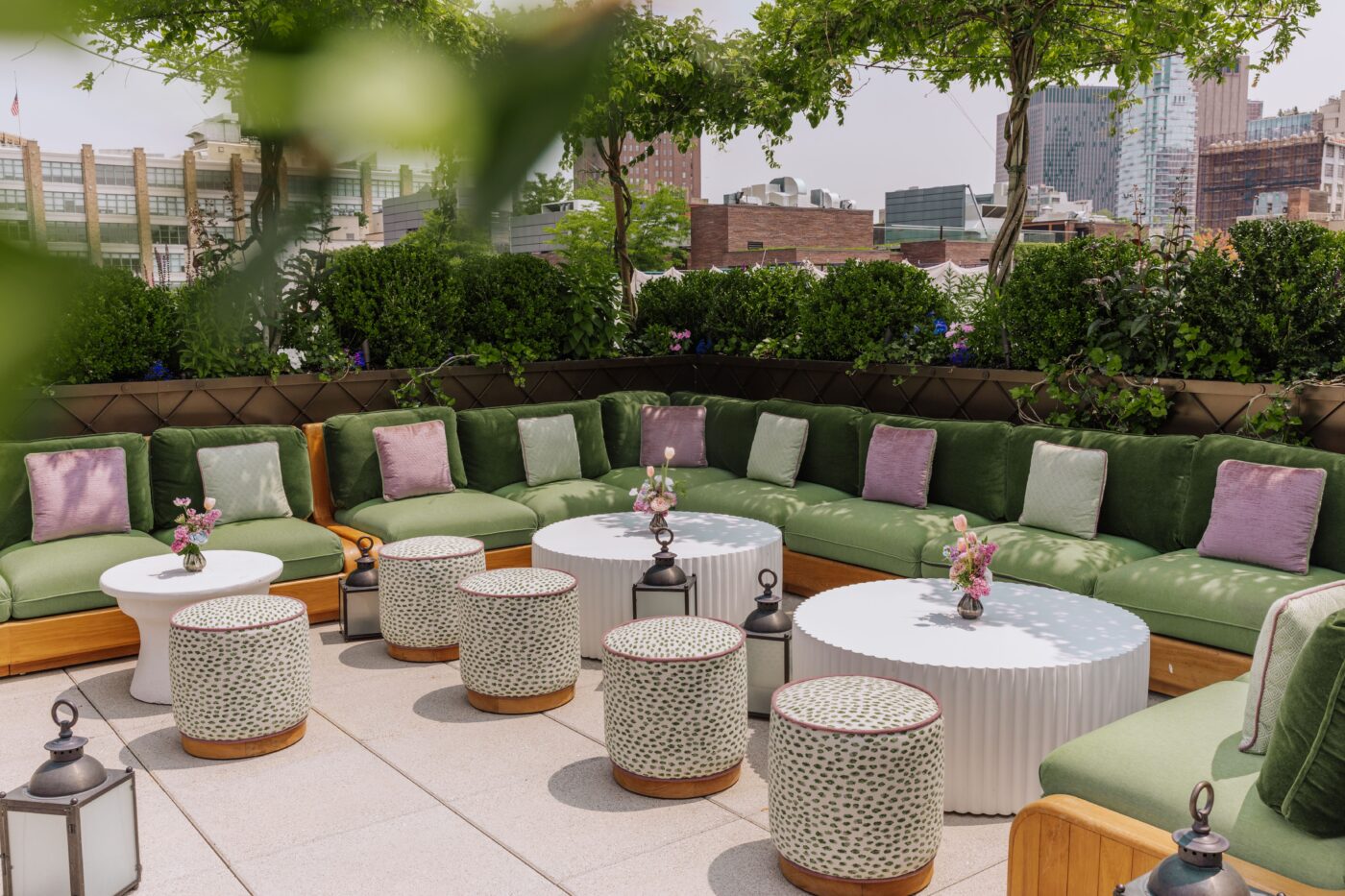
The New York hotel was the Barrières’ first outside of France. It took 8 years fraught with problems and a pandemic to come to fruition and, amazingly, the end product is seamlessly elegant, beautiful and fun.
And the staff are extraordinarily friendly and go out of their way to be helpful, another thing that could make you forget you’re in New York.
The 97 rooms and suites are gorgeous. All of them. They are also expensive, starting, off the rack, at $1000 a night. The top floor terrace suites get stratospheric in their rates, with the duplex penthouse suite going for around $24,000 a night. I mean, they’ll probably give you a discount if you take it for a week. Someone recently took it for a month.
There’s a spa that looks serious, and a gym that is serious, and you’d want to be a member of just that if you could be, and a boiling cauldron of a pool connected to the spa, which is supposed to be very good for you. And there’s a screening room, which seats 70 in the sort of ridiculously extravagant seats normally only found in First Class on Emirates or Swissair.

Two things struck me about the rooms — the really refined, graceful design of them and scrupulous attention to detail, and the fact that you can have the window open and sleep through the night. I can’t tell you how rare that last part is in New York City. The first part isn’t mastered that often either.
The rooms are comfortingly pastel colored, mostly fabrics in a shade of pink and the walls in a light green. The bed is something you sink into and surrender to sleep in. The art in the rooms and corridors is all original and intriguing, and the Barrière Group made it a strategy to own all the art they display in every property they have.
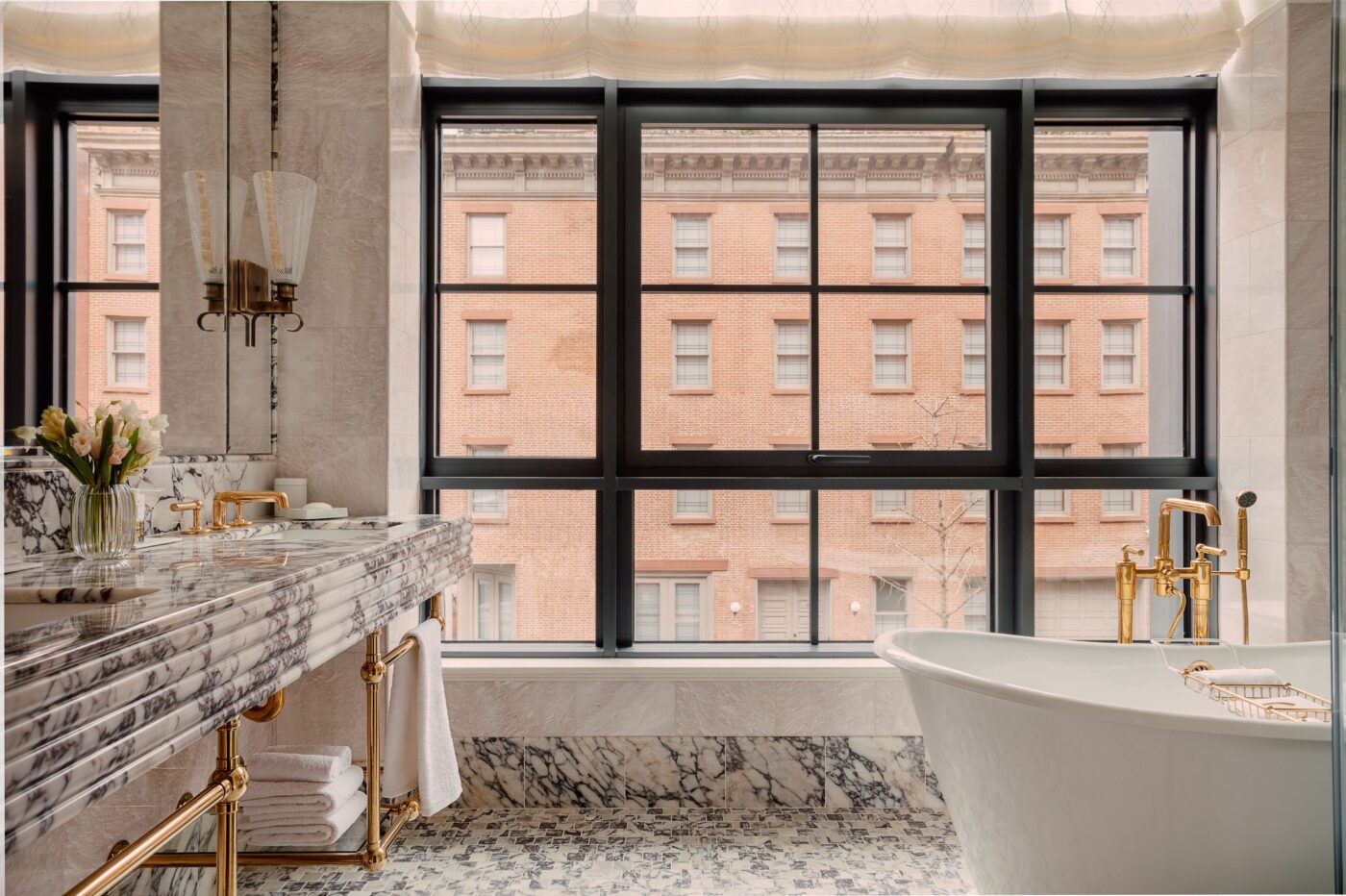
All top-end luxury hotels should make a room comfortable and a place you don’t necessarily want to leave. At a certain price point, you don’t get a medal for that. But in big city hotels it’s often not a priority — rooms are viewed more as a commodity, not something you might look forward to returning to. Fouquet’s does a great job at what they don’t have to do — because, I suppose, they feel they should do it. So all the touches of the room, from the amenities and furniture, the beautiful bathrooms, some with clawfoot tubs, to the lighting and the mini bar, which is a stand alone closet (so not so mini), are designed in the anticipation that you might not leave.
The designer Martin Brudnizki was, he says, looking to blend Paris and New York and uptown with downtown. “It would have been one thing to pluck the Hôtel Barrière Fouquet’s Paris from the Champs-Élysées and place it on 57th Street. But that wouldn’t work in Tribeca. We had to find a very delicate balance.”
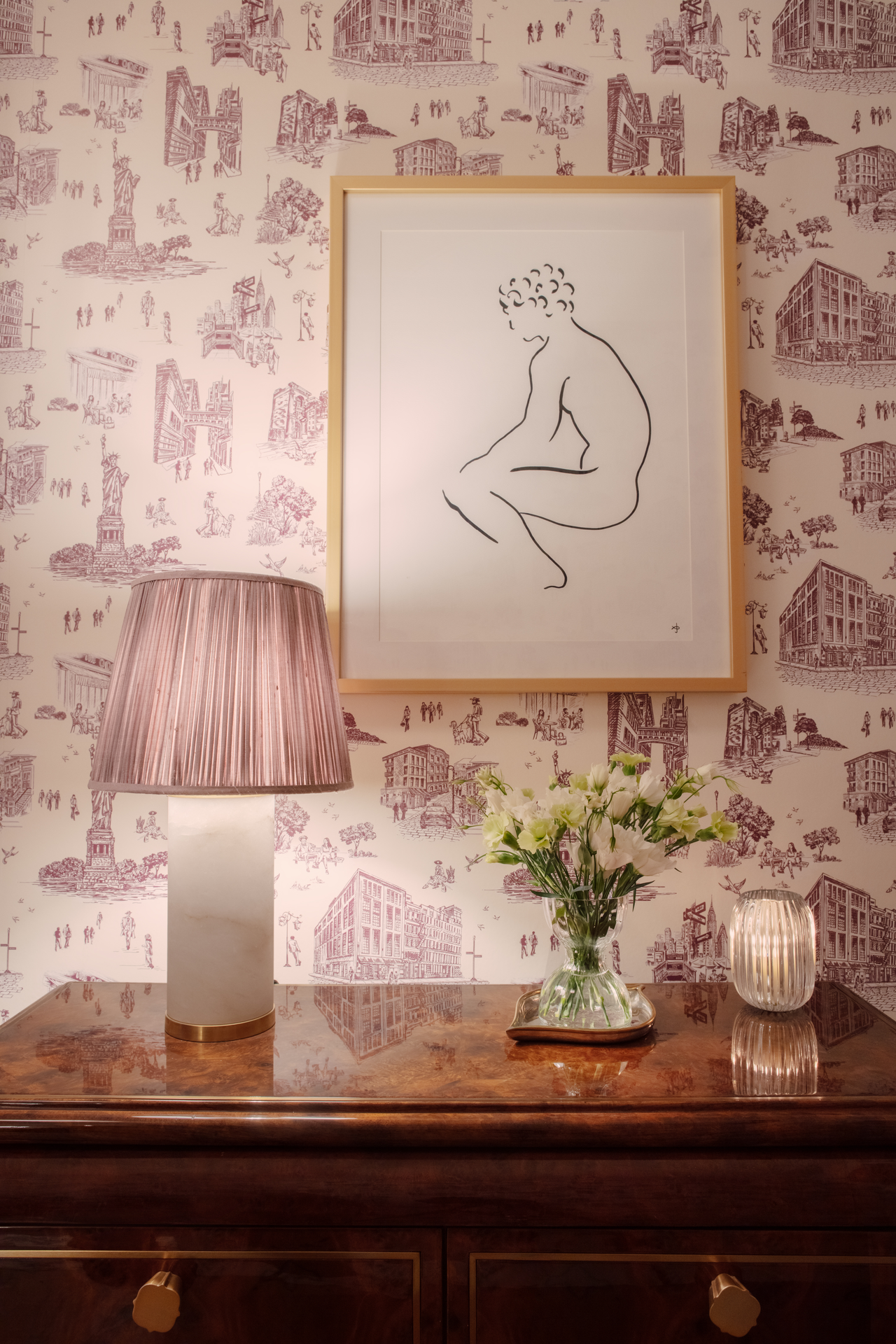
Brudnizki did the interior architecture as well as the design, and a firm called the Stephen B. Jacobs Group did the exterior. “We designed the hotel to feel as if it had always belonged there. I grew up in a small village in the South of France, where they wouldn’t brook one deviation from the local design vernacular.” says the firm’s Isaac-Daniel Astrachan, who has clearly carried that lesson around with him.
There are two excellent, real destination restaurants — the upscale Brasserie Fouquet’s for dinner (and brunch on the weekend) and the charming, whimsically designed Elysee bistro under a skylight for lunch and breakfast. The food is next level great. The menus are the responsibility and creation of the celebrated French chef Pierre Gagnaire, who has been awarded multiple Michelin stars in his storied career and oversees all the Barrière restaurants worldwide. This is a job that does not suck. The hotel’s Executive Chef is Mathew Wolf, who has a pretty fine and international resume himself, and has run the kitchens of some of America’s best restaurants, including the White Barn Inn in Maine and Chicago’s Michelin-kissed Restaurant Sixteen.
The Titsou Bar completes the pleasure trilogy on the ground floor. It’s small and intimate and off the lobby. They romantically call it a speakeasy, but that’s an exaggeration, as it’s not really a secret, and people from the neighborhood come for drinks. And there’s a fabulous roof bar, not vertigo-inducing as the hotel only has eight floors, which looks out over the neighborhood’s low buildings and, in the southern distance, it’s looming skyscrapers.






